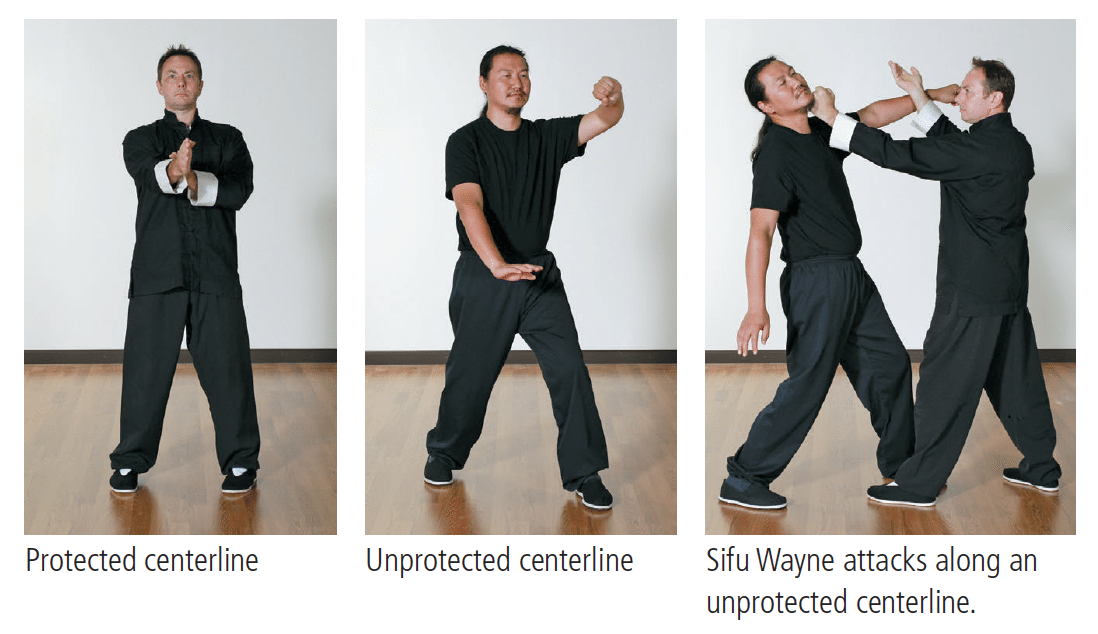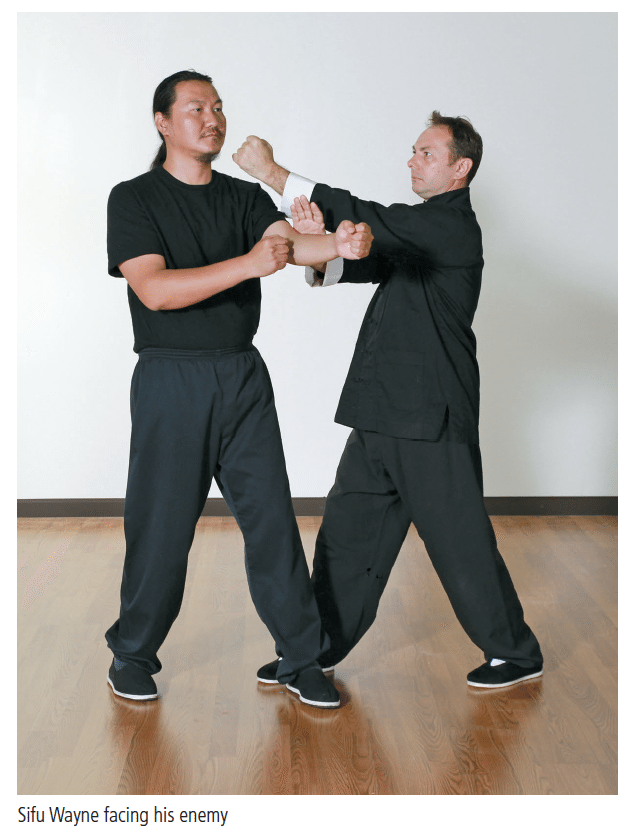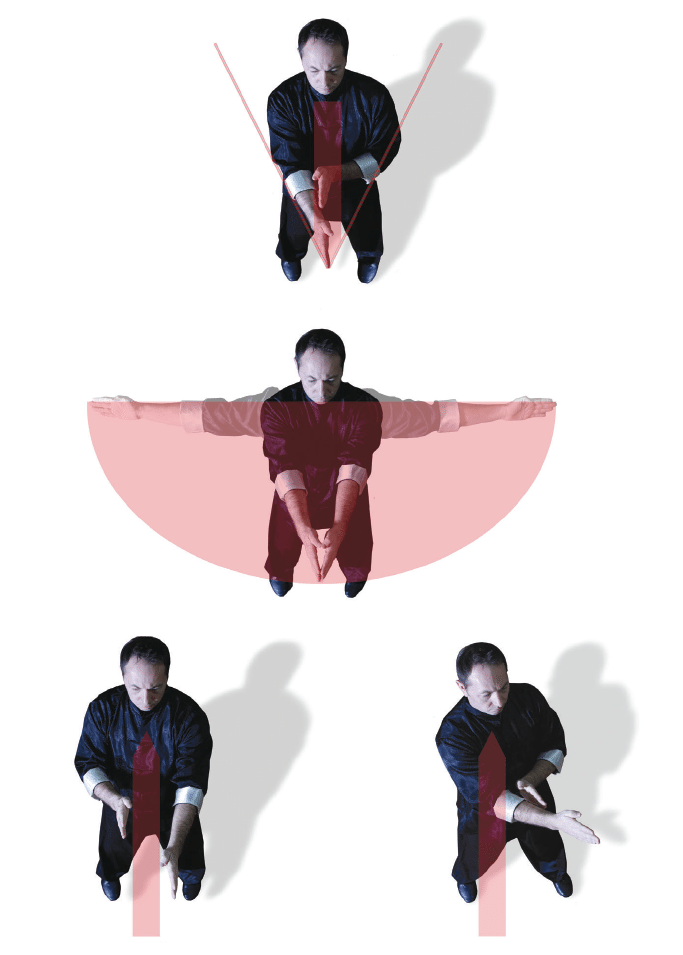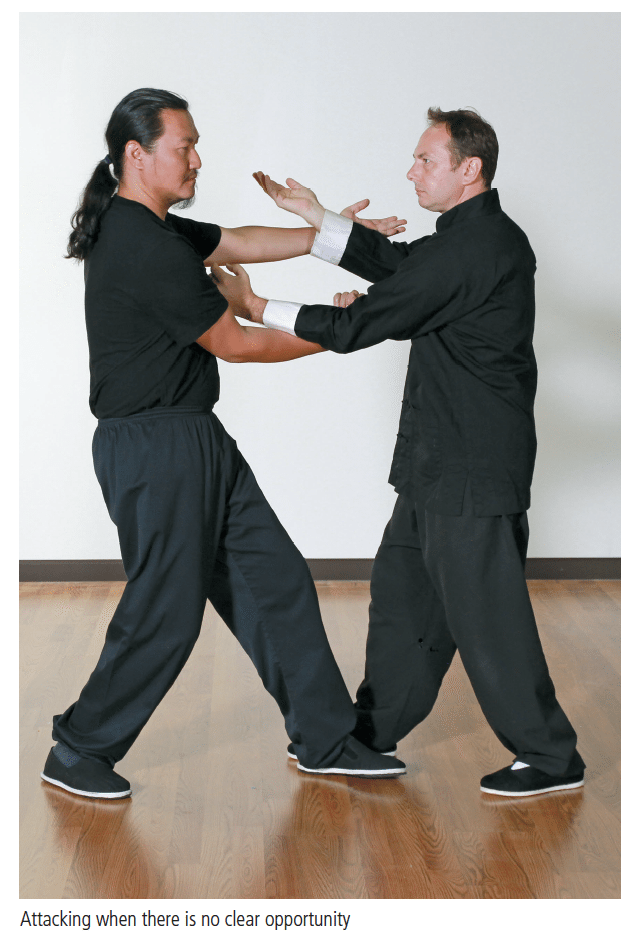
The Main Principles of Ving Tsun
Categories: Excerpt Martial Arts
by Wayne Belonoha
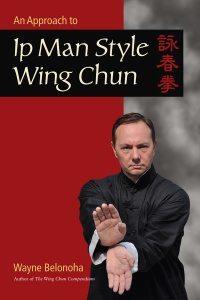 In An Approach to Ip Man Style Wing Chun, Pan American Triple Gold Medalist Wayne Belonoha offers the first guidebook from the Ip Man lineage of wing chun. Not only does this martial art improve health, longevity, and quality of life, it also helps with weight reduction, stress management, personal defense and safety, and self-discipline.
In An Approach to Ip Man Style Wing Chun, Pan American Triple Gold Medalist Wayne Belonoha offers the first guidebook from the Ip Man lineage of wing chun. Not only does this martial art improve health, longevity, and quality of life, it also helps with weight reduction, stress management, personal defense and safety, and self-discipline.
Tags: Wayne BelonohaThe Main Principles of Ving Tsun
principles: the basic qualities of an item or system
1. Economize motion. Do not move more than necessary. Follow the straight line whenever possible since it is the shortest path.
2. Economize time. Do not take any longer than necessary in the movements. Follow the straight line since it is the fastest path.
3. Economize energy. Do not use any more energy than is necessary. Economy of energy comes in large part from following the first two principles. It also involves using techniques designed to dissipate, dissolve, and release incoming force. Countering a strong attack with strength involves using more energy than necessary to defeat that attack. Attacking with power at the wrong time involves unnecessary use of energy. It is more economical to use the door than to try going through a wall, even though going through the wall may be the shortest route.
4. Balance competing demands. The above principles must be balanced to provide the overall most economic solution to a problem. Being too fast, taking the shortest route, or using too little energy may not be the most effective. Use as much motion, time, and energy as necessary—no more, no less.
To make sure we follow these principles, the following idioms will guide your training.
Protect Your Centerline
By keeping your hands on your centerline, you maintain excellent defense, which will force your opponent to move in inefficient circular patterns. This inefficient motion will create opportunity for you to attack. The following figures show a protected centerline, and an unprotected centerline.
- Keep your hands on your centerline and on the line of attack when you control it.
- Move to a new line of attack when your opponent has control of it.
Remain Facing Your Opponent
With your hands on the centerline, it’s still possible for your opponent to outflank you. In order to prevent this, it’s necessary to face your opponent. Once facing, having your hands on the centerline will ensure that your opponent can’t get to you. Facing your opponent is called doi yeng in Chinese—literally it means to “face the shape.” We don’t view our enemy as a person, just a shape. A shape does not have, and does not elicit, emotion.
Also, when you remain squarely facing your opponent, you protect your back. Your opponent will find it very difficult to get to your most valuable target—your back. (Think of the most valuable target as the place that will bring the most fighting value if you hit it. The most valuable target may not be the most vulnerable.) Facing your opponent will also ensure that both your hands are available for simultaneous block and attack. If you are not facing your opponent, one hand is further away from your opponent and may not be able to get into play fast enough.
Below, George is not doi yeng, yet Sifu Wayne is. In other words, George is not facing Sifu Wayne, yet Sifu Wayne faces George.
Facing your opponent while keeping your hands on the centerline will allow you to continuously protect your boundaries.
Hit When You Should, Do Not Hit When You Should Not
There is a saying in the sport of boxing: “The fastest way to get knocked out is to try too hard to get a knockout.” This saying makes a lot of sense. If you try too hard to hit or knock out your opponent, you will sacrifice safety and may get knocked out yourself. We therefore have an idiom that reminds us to be prudent when attacking and not to perform risky attacks. There are times to hit and times not to hit.
Attack According to Timing
Make sure you use good timing and attack the opponent when the timing works best for you. If your opponent is off balance, attack. When your opponent is stepping in, attack. When your opponent is in the process of attacking, you have an opportunity to hit.
If your opponent has better timing, he or she will disrupt your attacks. He or she will not be where you expect when you expect, and he or she will be impossible to hit. It’s therefore best to be the one with better timing.
Attack According to Opportunity
When you have good technique and principles, it’s inevitable that your opponent will make a mistake, and when that happens, it’s your chance to attack. If you attack when there is no clear opportunity or mistake, you will yourself be making a technical mistake and may be hit. Use your shifting, sensitivity, and good techniques to move yourself onto a new line and then attack on the open line. On the following page, George tries to attack from below, which is occupied by Sifu Wayne’s guarding hand, so no clear opportunity exists, and the attack fails.
…
Maxims of Ving Tsun
The maxims of ving tsun are a collection of sayings and guidelines that will help you maximize your efficiency and effectiveness. As you go through your training, each of these will continue to unfold, bringing new meaning and understanding as time goes on. Meditate on these sayings and do your best to apply them as you work through the system.
- Economize time, motion, and energy.
- Attack according to timing.
- Retain what comes in, follow what retreats, rush in on loss of contact.
- The fist comes from the heart.
- The theory of ving tsun has no limits in its application.
- Thoroughly understand the yin-yang principle.
- To win in an instant is a superior achievement.
- Hit when you should. Do not hit when you should not.
- A person half your size should be confident in applying the technique you teach.
- Three parts—taan, bong, fook (palm-up, wing, and resting hand)—constitute ving tsun’s most basic and important techniques.
- When starting to learn, do not apply physical strength.
Excerpted from An Approach to Ip Man Style Wing Chun by Wayne Belonoha. © 2015, North Atlantic Books.

